Optimal Timing for Foundation Repairs
Foundation repairs are most effective when performed during specific times of the year, depending on climate conditions and soil stability. The optimal periods typically include late spring through early fall, when moisture levels are moderate and soil movement is minimal. Conducting repairs during these times can help ensure the longevity and stability of the foundation.
Winter is generally unsuitable for foundation repairs in colder climates due to frozen ground and harsh weather conditions that can hinder progress.
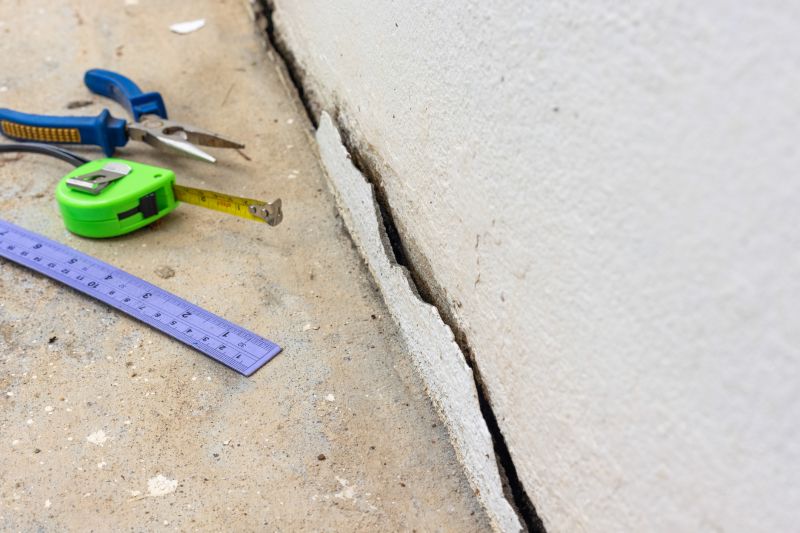
Visual assessment of foundation cracks and settling signs.

Analyzing soil stability before repairs.
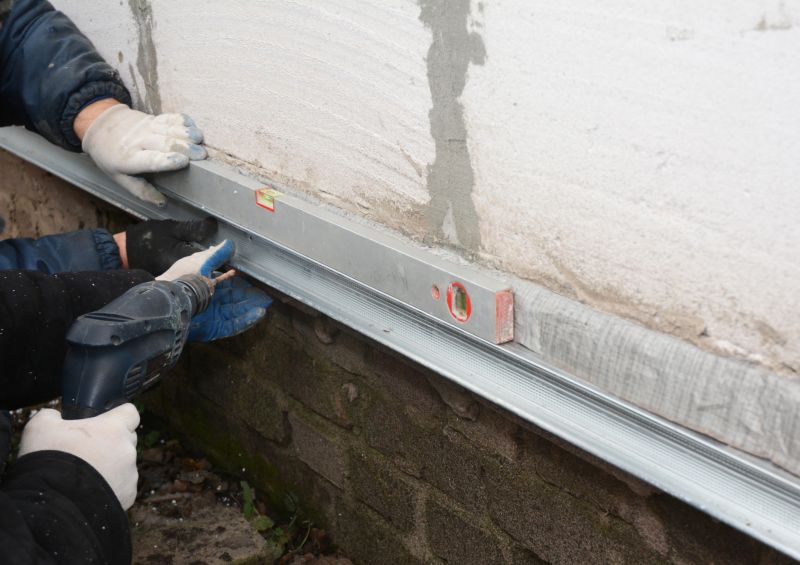
Foundation reinforcement and stabilization techniques.

Ways to make Foundation Repairs work in tight or awkward layouts.
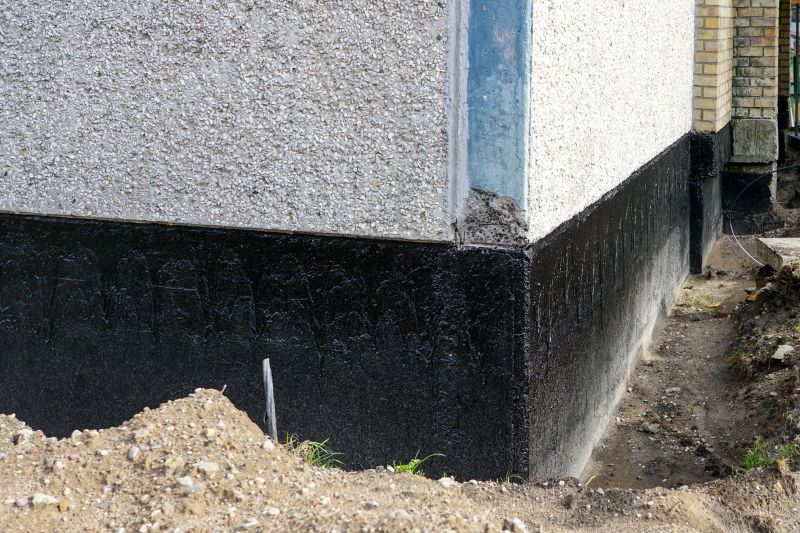
Popular materials for Foundation Repairs and why they hold up over time.

Simple add-ons that improve Foundation Repairs without blowing the budget.
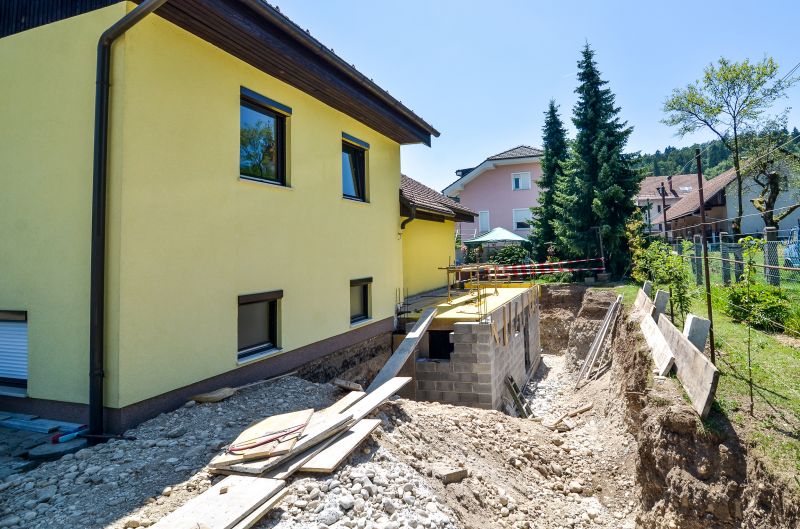
High-end options that actually feel worth it for Foundation Repairs.
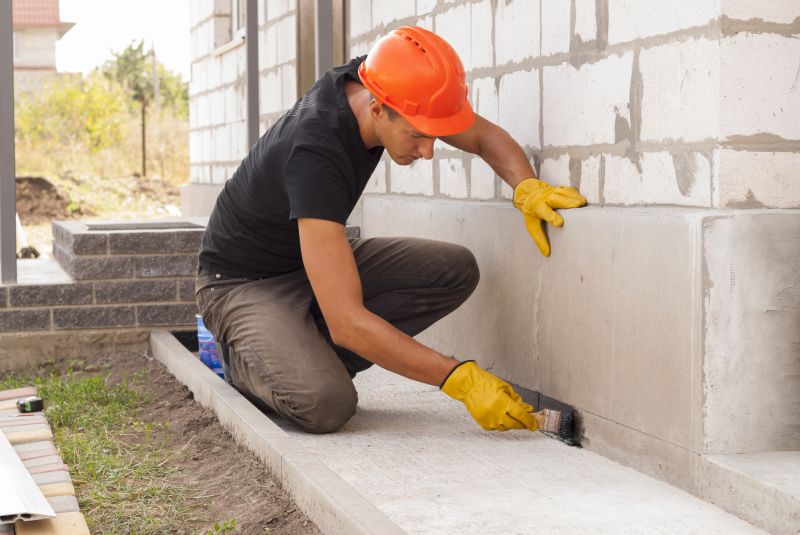
Finishes and colors that play nicely with Foundation Repairs.
| Season | Optimal Conditions |
|---|---|
| Spring | Moderate soil moisture, warmer temperatures |
| Summer | Longer daylight, stable weather, beware of heat |
| Fall | Consistent soil moisture, cooler temperatures |
| Winter | Frozen ground, harsh weather conditions |
Foundation repairs are critical for maintaining structural integrity and preventing further damage to a property. Proper timing ensures that repairs are effective and durable. Soil conditions, weather, and temperature all influence the success of foundation stabilization efforts. Statistics indicate that addressing foundation issues promptly can reduce long-term repair costs and prevent property value loss.

Sealing and reinforcing foundation cracks.
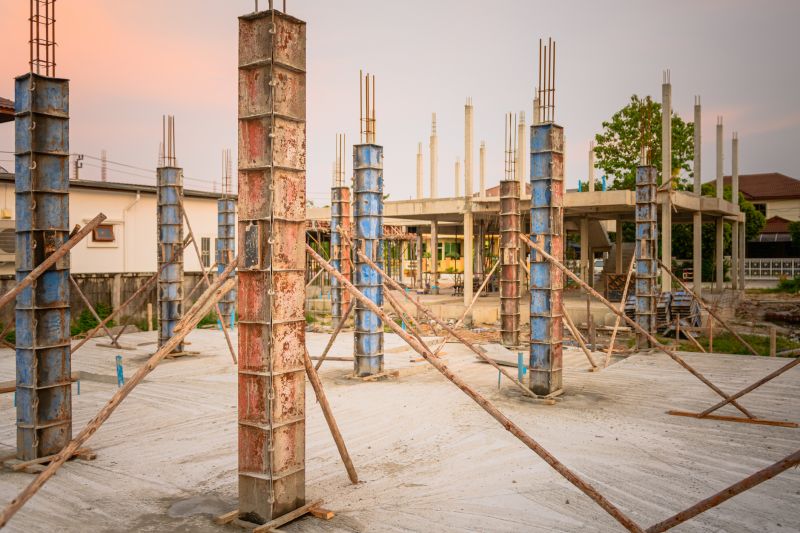
Adding piers for added stability.

Using techniques to improve soil support.
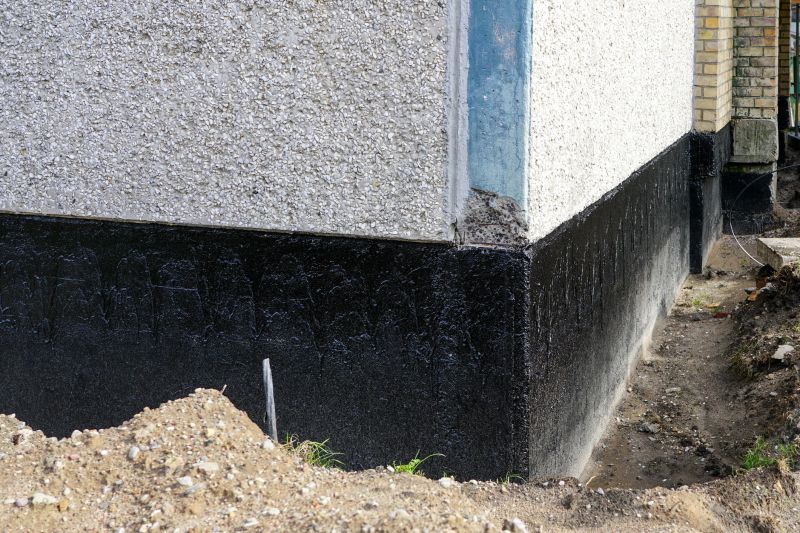
Protecting foundations from water damage.
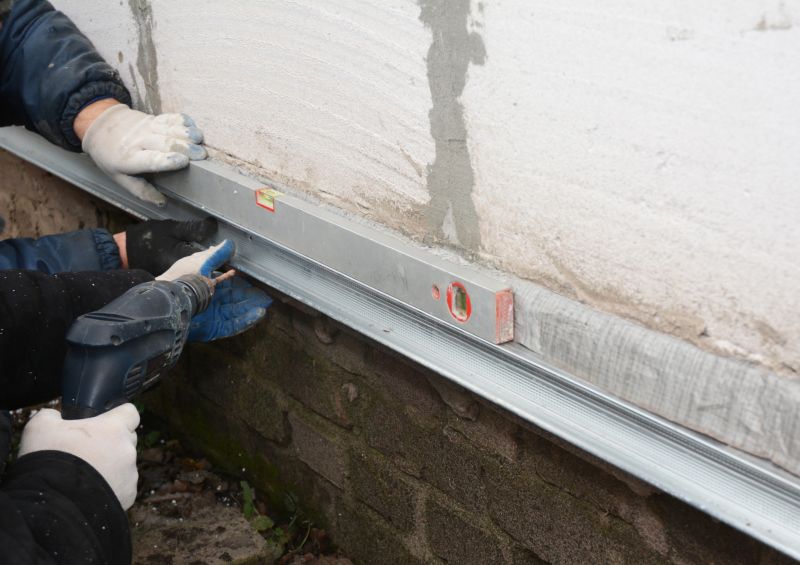
Little measurements that prevent headaches on Foundation Repairs day.
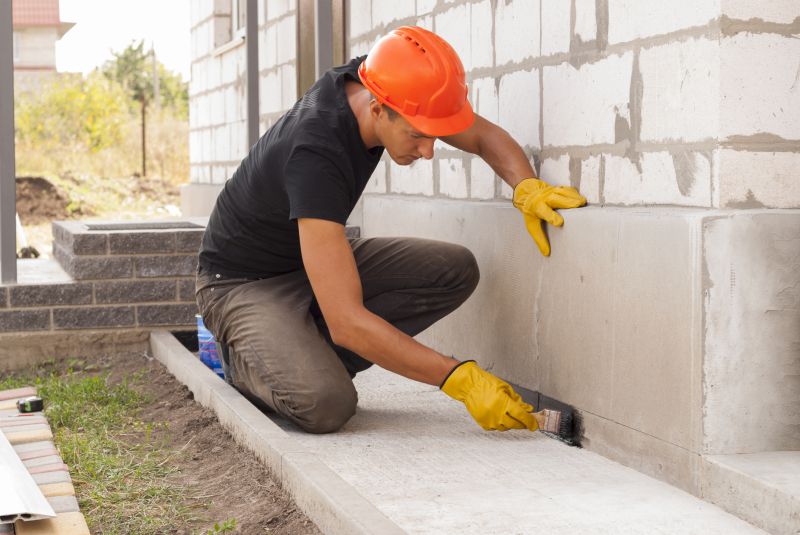
A 60-second routine that keeps Foundation Repairs looking new.
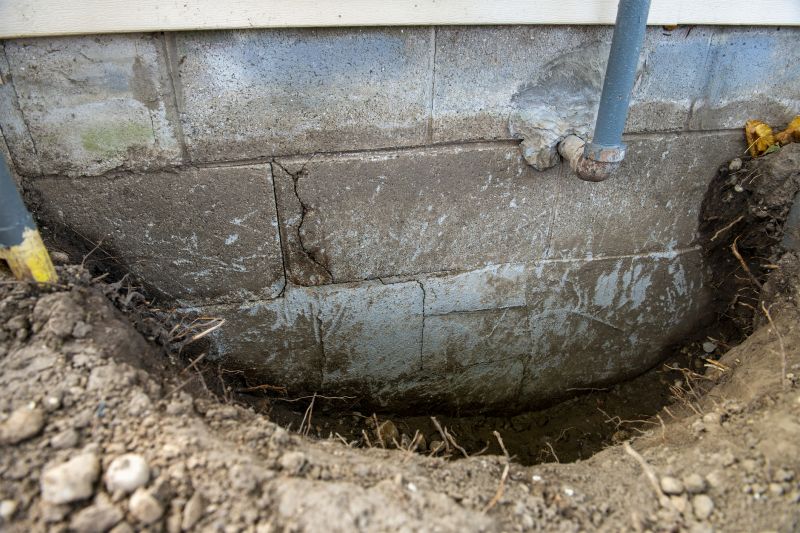
A frequent mistake in Foundation Repairs and how to dodge it.

Small tweaks to make Foundation Repairs safer and easier to use.
Timely foundation repairs help preserve property value and ensure safety. If signs of foundation issues are observed, such as cracks, uneven floors, or sticking doors, it is advisable to contact a foundation specialist for assessment and planning. Properly scheduled repairs can mitigate extensive damage and extend the lifespan of the structure.
Cracks in walls, uneven floors, sticking doors or windows.
Piering, underpinning, crack sealing, waterproofing.
Addressing issues early prevents escalation and costlier repairs.
Select experienced professionals for effective repairs.
Timely foundation repairs can prevent structural failure and maintain property value. Regular assessments and prompt action upon noticing signs of damage are essential for long-term stability.

